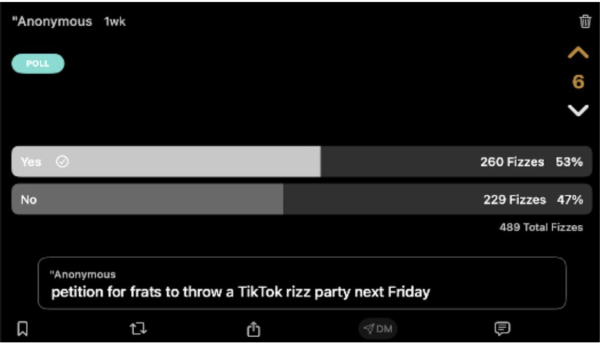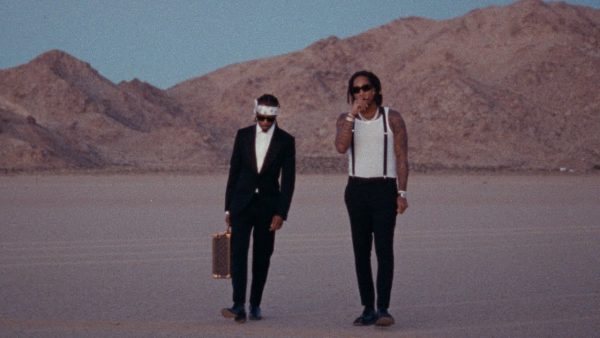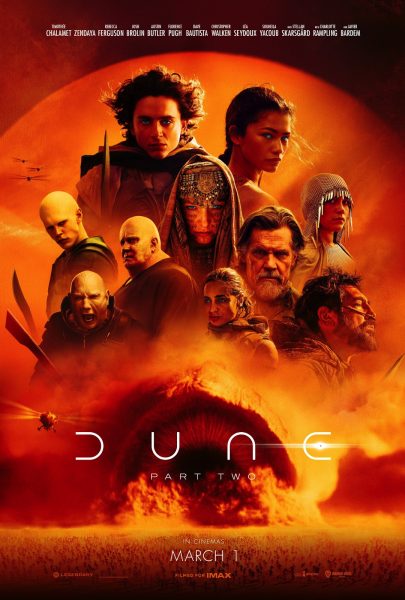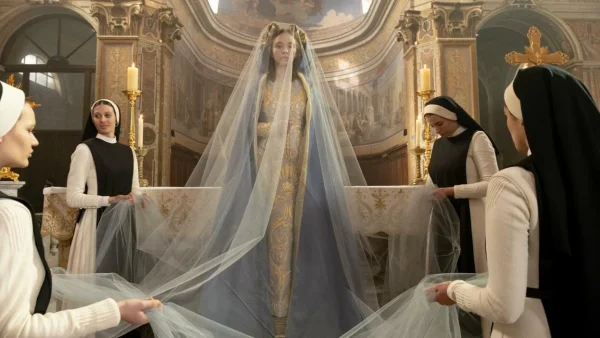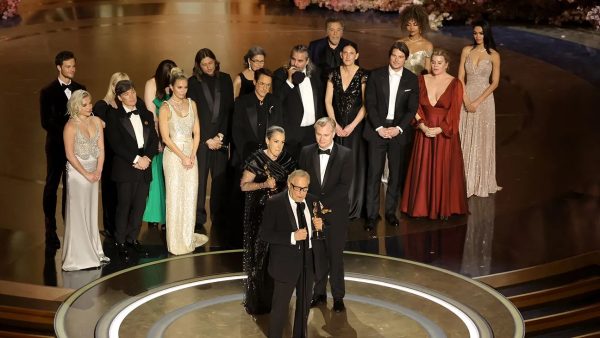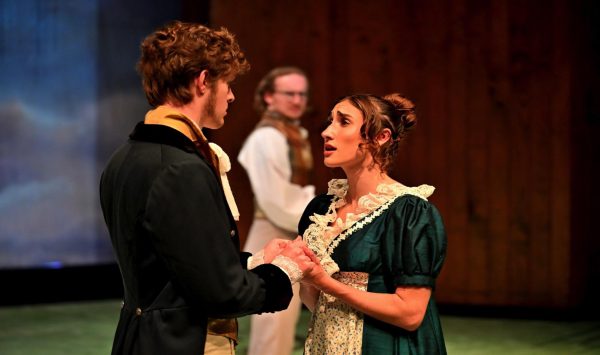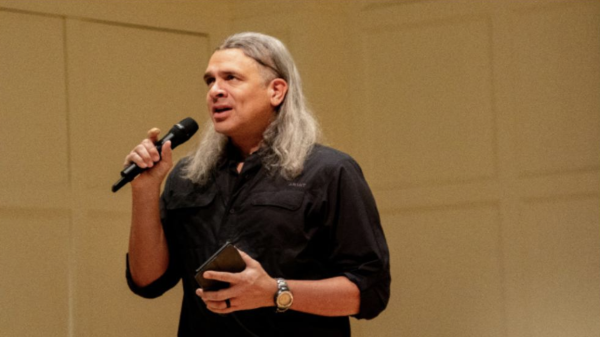‘Star Wars: Andor’ proves that nostalgia was never enough
The show breathes new life into the Star Wars universe
“Star Wars: Andor” is a refreshing take on a 40-plus-year-old franchise.
January 18, 2023
I’ve been a fan of Star Wars since I was a little kid, but most of Disney’s releases since acquiring the brand have challenged my willingness to watch something solely because of the Star Wars label. “Star Wars: Andor” has restored a lot of the excitement I have always had for the franchise.
I found a lot to like about the sequel trilogy. To avoid spoilers, there is a great scene in the eighth movie that ties the entire saga together, reflecting on the dogmatic nature of the Jedi and how it led to the collapse of two Jedi orders. I certainly never left the theater thinking I had just watched a masterpiece, but I did think the sequel trilogy was both visually stunning and occasionally well-written. The movies didn’t destroy my faith in the brand, as they did for a lot of other fans.
I had more issues with the Disney+ shows, especially “Obi-Wan Kenobi.” I thought Ewan McGregor gave a great lead performance, but, other than the reappearance of Obi-Wan Kenobi, and a rematch with Hayden Christensen’s Darth Vader, I did not think the show had much to offer.
“Obi-Wan Kenobi,” despite Disney’s backing, felt cheap. In a universe known for beautiful scenery, the aforementioned rematch instead takes place on a generic rock planet. This feels like a perfect metaphor for the rest of the show. And the more I felt like the content was phoned in, the less excited I felt about the entire Star Wars universe. No longer would “it’s Star Wars” be enough to get me in the door.
For most of the fanbase, saying “it’s Star Wars” would have never worked for a show about a secondary character who doesn’t even make it to the end of his spinoff movie. Cassian Andor is not nearly as much of a household name as Boba Fett or Kenobi, so he could never have generated the same amount of hype. Nobody asked for a show entirely about Andor, and I’m confident that few people would have cared about one.
Now, I’m halfway through my second watch of “Star Wars: Andor,” and I think I have finally figured out why I like it so much. I wasn’t sure that I would at first, as even the show’s lead producer is admittedly not a fan of Star Wars. With no lightsabers, only brief mentions of the franchise’s most prominent characters and a story that is darker and more grounded than anything that Disney has tried recently, Andor uses Star Wars as more of a backdrop to build a strong show that could have existed without the brand.
“Star Wars: Andor” makes it clear that it intends to do something different from the start, as it shows our apparent hero of the rebellion murdering a police officer while he begs for his life. From this moment, the show depicts Andor being effectively forced into rebel activity — a heist, a prison sequence and the eventual ignition of the rebellion. These multi-episode arcs track closely to a central narrative of provoking the Empire into accelerating its push toward tyranny, resulting in opposition from the people.
The early agents of the rebellion want to make the galaxy uncomfortable enough to resist, and they’re willing to “use the tools of their enemy” to make that happen. To topple the Empire, the earliest fighters for liberty had to sacrifice their decency, their families and even the innocent people around them. The result is a powerful, thought-provoking discussion about the cost of resistance and why people have to be pushed so far to fight.
“Star Wars: Andor” answers a question I have had since seeing the original trilogy. While the Empire did blow up a planet in “Star Wars: A New Hope,” I had wondered why the rebellion was already underway before that and how the Empire had been oppressing regular citizens of the galaxy to that point. In “Star Wars: Andor,” the clear start of the rebellion demonstrates that the Empire never intended to deliver the peace and order it promised.
Beyond the writing, the acting and visuals in “Star Wars: Andor” are both stellar. Among other breakout and well-known actors, Andy Serkis, Stellan Skarsgård and Fiona Shaw each delivered powerful monologues and speeches, which I regard as the best performances in all 45 years of Star Wars media. While some fans have criticized the show for not “feeling” like Star Wars, its visuals are as beautiful as the franchise’s effects have always been. The designers opted for a more realistic feel, such as the widely criticized guns that look a bit too much like Earth-made AK-47s, and I think it works well. In a realistic show about revolution, it makes sense to reference the weapons used by real revolutionaries.
I do think that the title of this series was a mistake. A show about the birth of a revolution and the necessary sacrifices made by heroes and the common man alike is about much more than Andor, and the show’s title should have reflected that. Andor is a powerful character with a lot to explore, but meaningful things happen around him and among the supporting characters, too, which I think is a breath of fresh air for Disney’s Star Wars.
The producers of “Star Wars: Andor” served both the show and the Star Wars universe well by focusing on making good television independent of the brand name, and the show is the best piece of Star Wars content since the 1980s. If that’s the result of the show feeling less like Star Wars, I think it’s well worth it.














